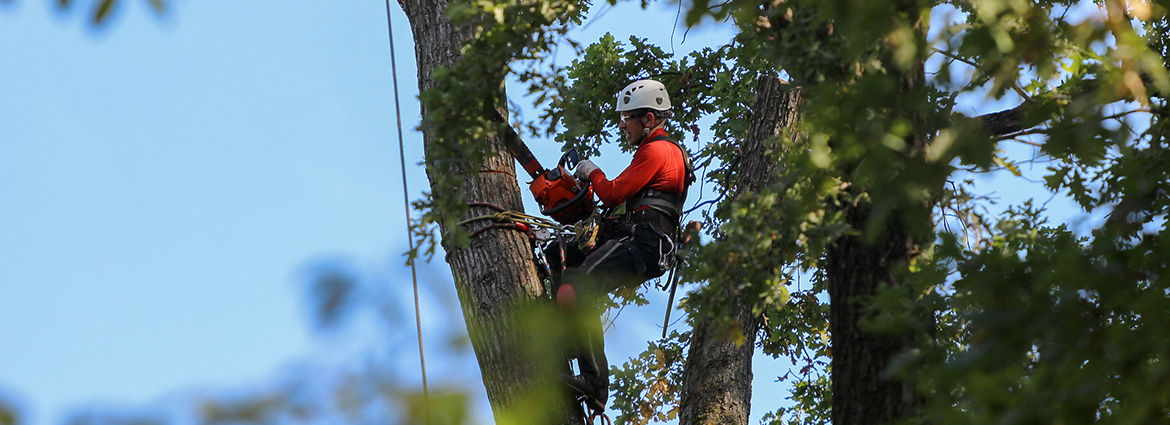All Categories
Featured
The elimination of trees can produce open areas that are prone to weed invasion. When trees are present, their thick canopies often shade the ground, limiting the amount of sunshine that reaches the soil. Nevertheless, after the removal of trees, these open areas receive raised sunlight, supplying perfect conditions for weed development.

They might recommend the usage of mulch, which acts as a protective obstacle on the dirt surface, stopping weed seeds from sprouting and subduing weed development.

The visibility of trees fosters an abundant and varied neighborhood of soil microbes. Tree origins offer a source of raw material, exudates, and nutrients that sustain the growth and task of useful soil bacteria. However, when trees are gotten rid of, the lack of their roots can interrupt the delicate equilibrium of the soil's microbial ecosystem.
Who Has The Best Palm Tree Removal Wollongong?
This change in pH can impact nutrition schedule, microbial activity, and general dirt health. To deal with the results of tree reducing on soil pH, tree elimination specialists can supply useful guidance. They might recommend dirt testing to evaluate the existing pH levels and determine the necessary adjustments. Based upon the outcomes, specialists can recommend pH adjustment methods, such as including lime to raise dirt pH or incorporating essential sulfur to lower it.

It refers to the compression of dirt fragments, causing lowered pore area and enhanced dirt thickness. This compaction can negatively impact the soil's ability to work ideally, influencing its water-holding ability, vitamins and mineral accessibility, and root penetration. Correct strategies employed by tree removal specialists can aid lessen compaction and protect the dirt's ability to preserve water, and permit adequate air movement and careful devices handling.
Latest Posts
How Much Does It Cost To Have A Wollongong Council Tree Removal?
How Much Does It Cost To Have A Tree Arborist Wollongong?
Who Has The Best Tree Cutting Services Wollongong Service?